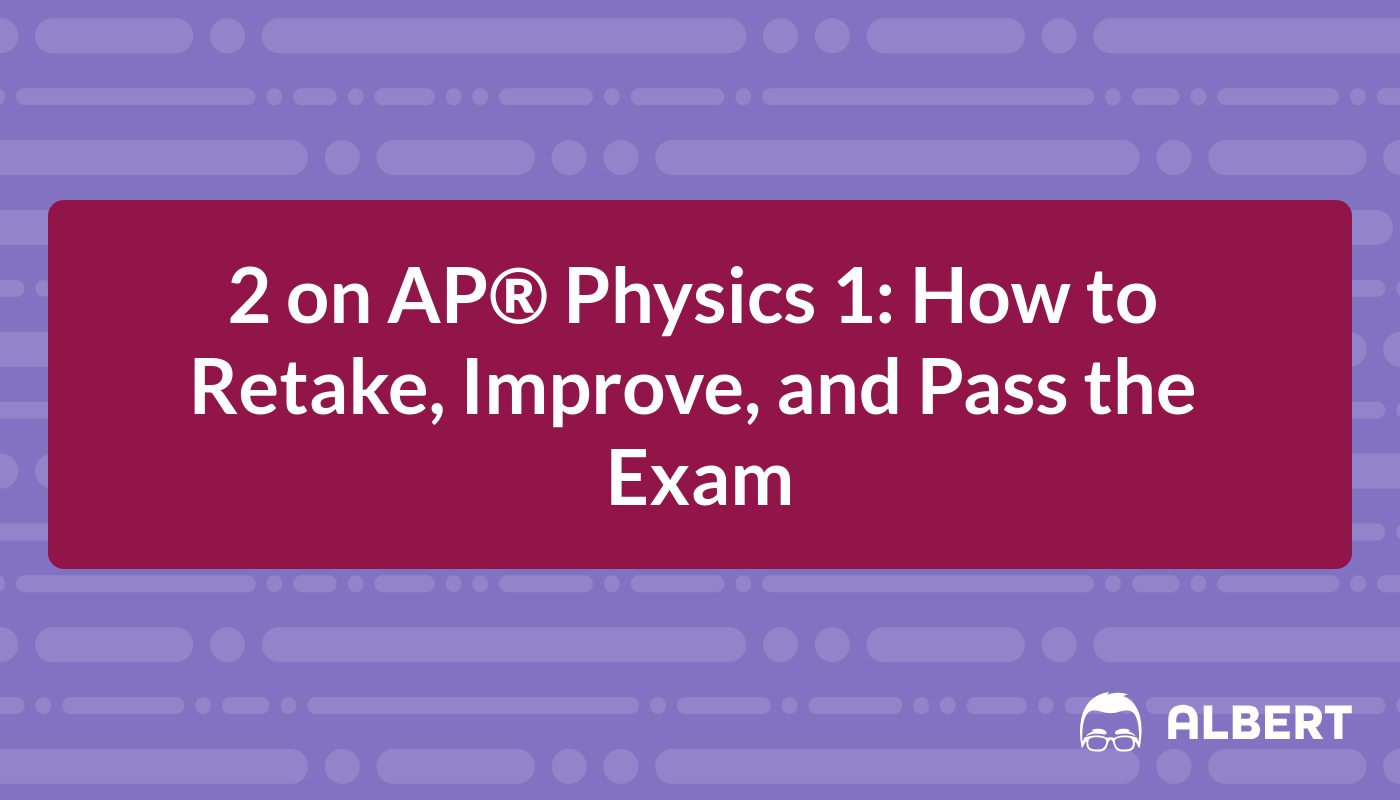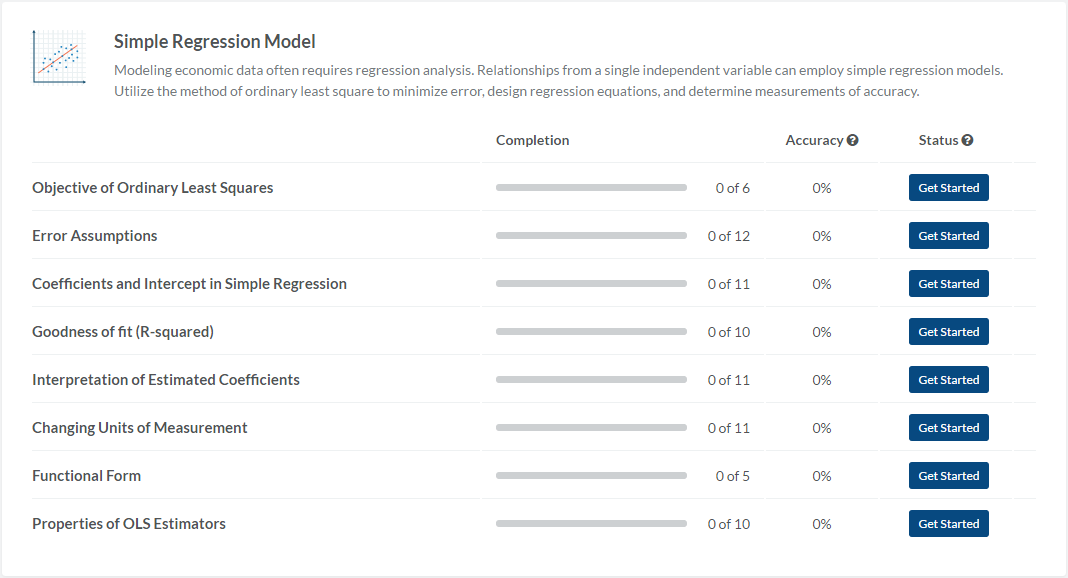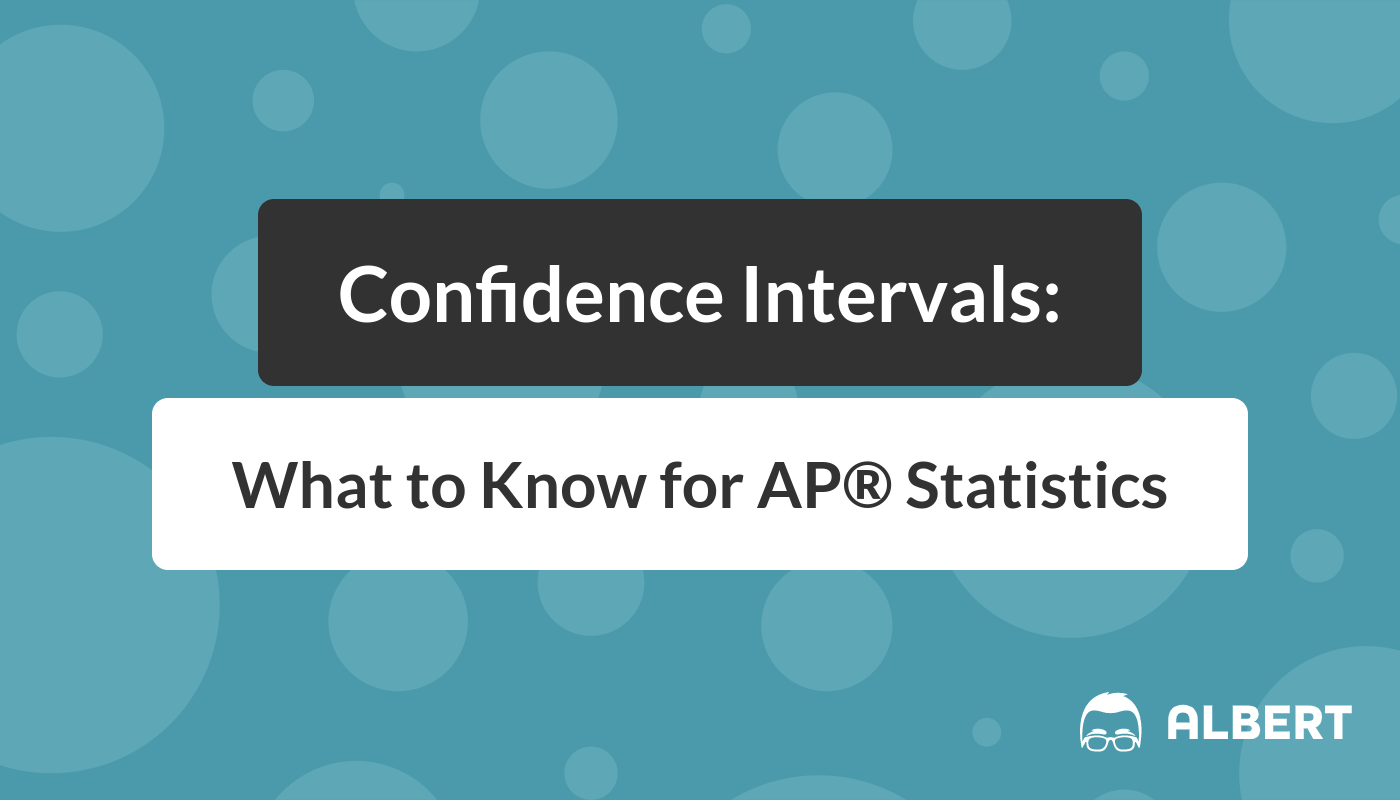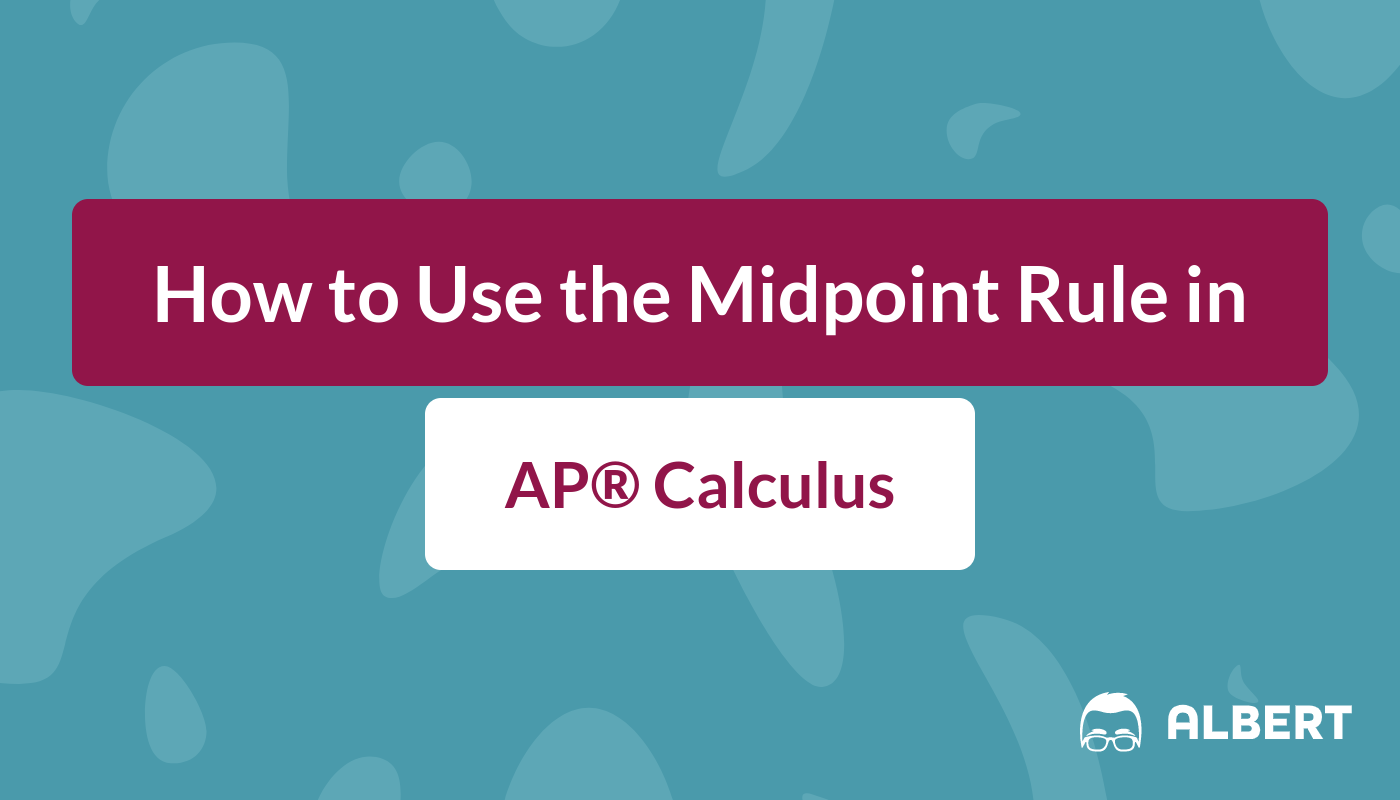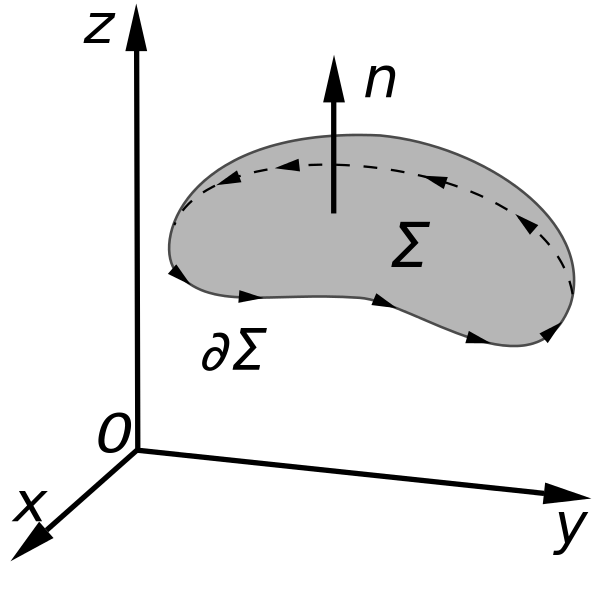2 on AP® Physics 1: How to Retake, Improve, and Pass the Exam
Receiving a 2 on the AP® Physics 1 exam can be disheartening, especially when you may have spent months learning difficult material. However, it may be possible to improve your exam score. And while you may feel that a 2 on the AP® Physics I exam is a below average performance, note that over 60% of test-takers scored a 1 or 2 on the 2016 AP® Physics 1 exam.

